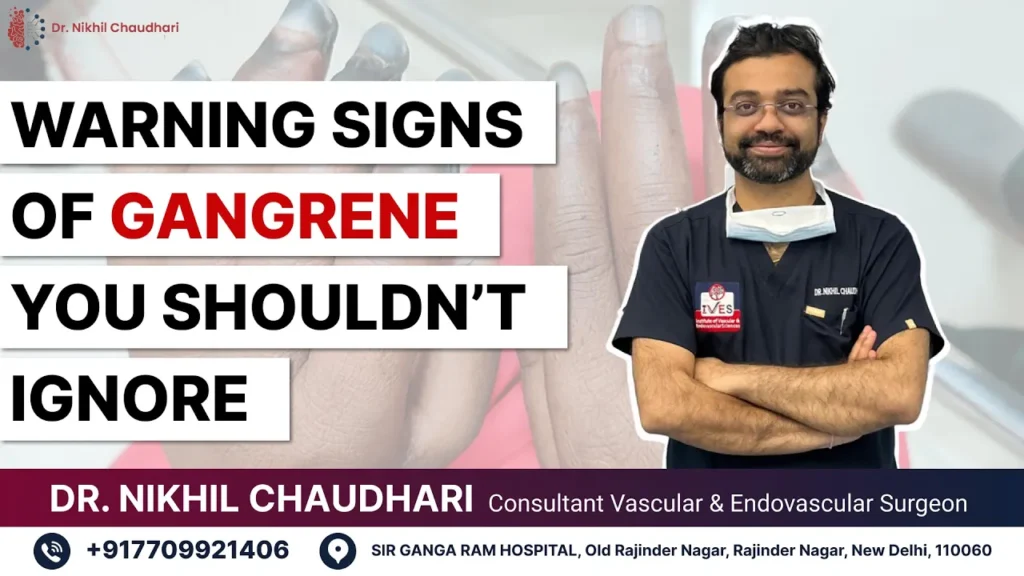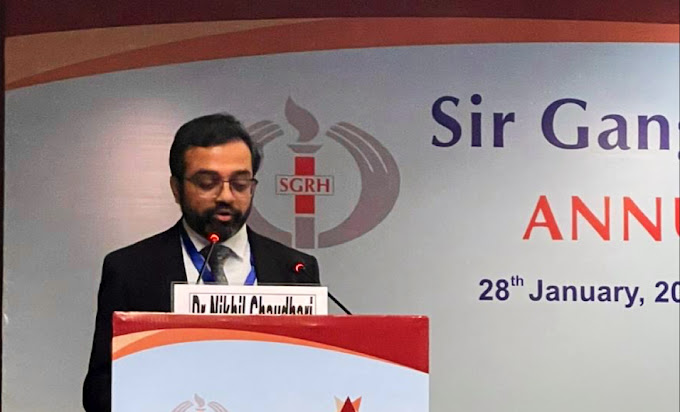Warnings of Gangrene You Shouldn’t Sign Ignore
Have you ever noticed a strange discoloration on your foot or a small sore that just won’t heal?
Are you experiencing pain that seems far more severe than a minor injury should cause?
It’s natural to feel concerned, and that concern is valid. Gangrene is a serious condition where body tissue dies due to a lack of blood flow or a severe bacterial infection. While the thought of it can be frightening, the key to a positive outcome is early detection and immediate treatment. Recognizing the signs of gangrene, especially in the early stage, can make all the difference. This guide will walk you through the critical warning signs to look for.
What to Look For in The First Signs of Gangrene
Gangrene doesn’t always appear overnight. The beginning stage of gangrene often presents with subtle symptoms that can escalate quickly. If you or a loved one experiences any of the following, pay close attention. These are the most common first sign of gangrene indicators:
- Discoloration: One of the most noticeable early signs is a change in skin color. The affected area may turn pale, ashen, blue, or purple. As it progresses, it can develop a red or bronze hue, and eventually may turn brown or black. This discoloration is a clear signal that blood flow is compromised.
- Pain: You might experience a sudden, severe, and persistent pain in a specific area. This pain can be throbbing, shooting, or constant, and it often seems disproportionate to any visible injury. In some cases, the pain may suddenly stop, which is not a good sign—it can indicate that the nerves in the area have died.
- Swelling: The area may become unusually swollen, shiny, and feel tender or painful to the touch. The skin can feel tight and stretched over the swelling.
- Numbness or Coldness: A loss of sensation or a persistent cold feeling in a limb, foot, or toe is a major red flag. This is a direct result of poor circulation, meaning oxygen-rich blood isn’t reaching the tissues, which is a primary cause of gangrene.
Gangrene in Specific Areas: Focusing on Feet and Toes
The feet and toes are particularly vulnerable to gangrene. Conditions like diabetes, peripheral artery disease (PAD), and other circulatory problems often affect these extremities first. This makes it crucial to understand the specific signs of gangrene in feet and signs of gangrene in toes.
Imagine a scenario: a person with diabetes develops a small blister from a new shoe. Instead of healing, the blister becomes a persistent sore. The skin around it may start to look blue or purplish, and the toe might feel cold and numb. This is a classic progression toward a gangrene toe. Other signs include:
- A cut, ulcer, or break in the skin that is slow to heal or continues to get worse.
- A foul-smelling discharge leaking from a sore or wound.
- Skin that feels unusually cool to the touch compared to the surrounding area.
Understanding Gas Gangrene
While the signs above often relate to “dry” gangrene, there is a more aggressive form known as “wet” or gas gangrene. This is a medical emergency that progresses with terrifying speed and is caused by a specific type of bacterial infection.
Gas gangrene symptoms are distinct and severe:
- Crepitus: The skin around the wound may feel crackly or creaky to the touch, like pressing on bubble wrap. This is caused by gas bubbles produced by the bacteria building up under the skin.
- Rapid, Spreading Swelling: The area can swell dramatically in a matter of hours.
- Severe Pain: The pain is often intense and sudden.
- Fever and Feeling Very Unwell: A high fever and signs of systemic illness like rapid heartbeat, sweating, and confusion, accompany the local symptoms.
Why You Should Not Wait: This is a Medical Emergency
Gangrene is not a condition to “wait and see” about. Tissue death is irreversible. Without prompt treatment, the infection can spread into your bloodstream, leading to sepsis, shock, and organ failure. The longer you wait, the greater the risk of losing a limb or worse.
If you notice any of these gangrene signs and symptoms, especially in the early stage, it is crucial to seek help from a specialist immediately.
See the Signs: A Visual Guide to Gangrene
Sometimes, seeing what to look for is more powerful than reading about it. In this short video, I explain the critical early warning signs of gangrene and why immediate action is so important.
Final Words,
Gangrene is a severe condition marked by tell-tale signs like skin discoloration, severe or vanishing pain, swelling, and a cold, numb feeling. It frequently targets the feet and toes, especially in individuals with underlying health conditions. Gas gangrene presents with additional alarming symptoms like crackling skin and rapid swelling.
Your vigilance can save a limb and your life. Do not ignore these warning signs. Early intervention is the single most important factor in successful treatment.
If you suspect you or a loved one may be showing symptoms of gangrene, do not delay. Contact Dr. Nikhil Chaudhari for an urgent consultation with our expert Gangrene Treatment Specialist in Delhi. We specialize in the diagnosis and treatment of these critical conditions and are here to provide the care you need, when you need it most.
Book a Consultation Today!
Disclaimer: This blog is for informational purposes only and should not be considered medical advice. Please consult with a qualified healthcare professional like Dr. Nikhil Chaudhari to discuss your specific condition and treatment options.



